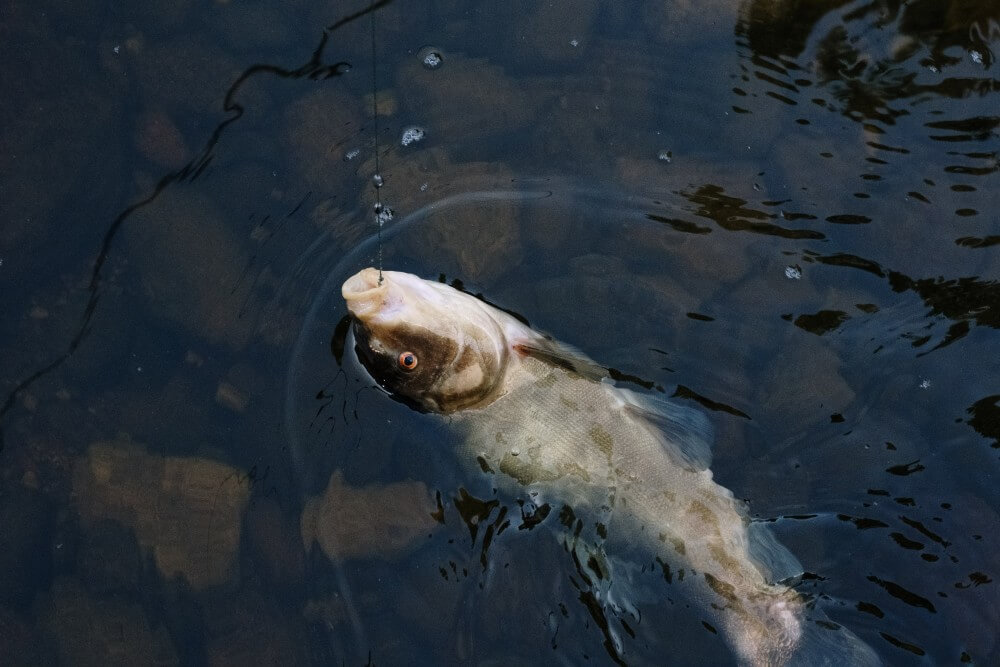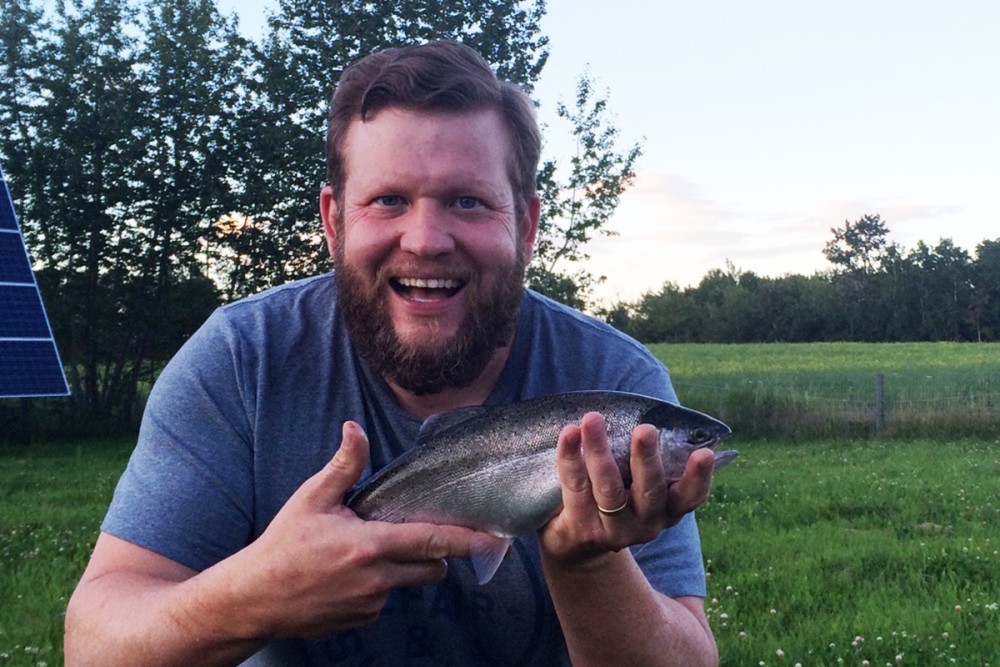Understand fish kills
It’s distressing to see your fish die, even more so when your stock succumbs en masse. The most common causes of fish kills is a sudden change in water temperature and or not enough oxygen. The mechanism most likely driving these two fish-threatening conditions is stratification leading to a pond turnover.
What is stratification?
The water in your pond naturally seeks thermal equilibrium via stratification. Stratification is seasonal. During summer, warmer water is on the surface, beneath it is the thermocline layer and below that, cooler water towards the bottom of your pond.
Organic material collects on the bottom in a muck layer.The cool bottom often has low or no oxygen (called anaerobic) with high nutrient levels. Methane, hydrogen sulfide and ammonia are released as the muck decomposes in the absence of oxygen.
A mixing of these layers, or turnover, occurs every spring and fall.
High-Speed, High-Impact Change
Stratification is responsive to changes in temperature and sudden, severe weather events such as thunderstorms can cause a rapid turnover. This will cause a spike in surface nutrients, the release of toxic gasses and a sudden drop in surface oxygen levels potentially resulting in a range of adverse outcomes including heavy algae blooms, fish kills and excessive bottom weed growth.
Will turnover happen in my pond?
Turnover is more likely in smaller bodies of water including ponds, small lakes, stormwater ponds and lagoons. This is due to the smaller volume of water responding at a higher rate of change than a larger, more thermally stable body of water. However, this smaller volume of water is also easier to impact and maintain with mechanical and biological interventions.
Dealing with stratification
Since controlling the weather is not an option, managing your pond stratification requires a mix of approaches to mitigate sudden shifts, reducing the chance of severe algae blooms and fish kills. In ponds, properly sized bottom diffused aeration is the single best option for eliminating stratification and the consequences of sudden pond turnovers.
Other water management options, such as bioaugmentation, can help reduce the nutrient load in the muck layer – reducing the impact should a turnover occur. For ponds that have experienced a full turnover, more robust approaches may be required.
#algaeblooms #bottomdiffusedaeration #eutrophication #fishkills



